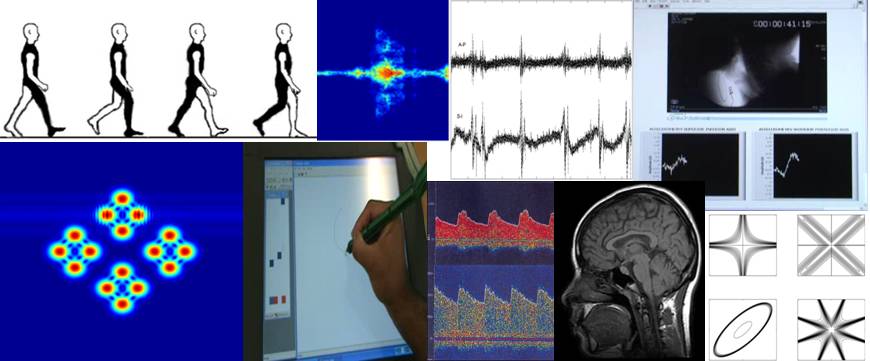Asynchronous representation and processing of non-stationary signal in a time-frequency context
July 6, 2013
Non–stationarity relates to the variation over time of the statistics of a signal. Therefore, signals from practical applications which are realizations of non–stationary processes are difficult to represent and to process. In this paper, we provide a comprehensive discussion of the asynchronous representation and processing of non–stationary signals using a time-frequency framework. Power consumption and type of processing imposed by the size of the devices in many applications motivate the use of asynchronous, rather than conventional synchronous, approaches. This leads to the consideration of non–uniform, signal–dependent level–crossing and asynchronous sigma delta modulator (ASDM) based sampling. Reconstruction from a non– uniform sampled signal is made possible by connecting the sinc and the Prolate Spheroidal Wave (PSW) functions — a more appropriate basis. Two decomposition procedures are considered. One is based on the ASDM that generalizes the Haar wavelet representation and is used for representing analog non–stationary signals. The second decomposer is for representing discrete non– stationary signals. It is based on a linear-chirp based transform that provides local time-frequency parametric representations based on linear chirps as intrinsic mode functions. Important applications of these procedures are the compression and processing of biomedical signals as it will be illustrated.
DOI: TBA
This material is presented to ensure timely dissemination of scholarly and technical work. Copyright and all rights therein are retained by authors or by other copyright holders. All persons copying this information are expected to adhere to the terms and constraints invoked by each author’s copyright. In most cases, these works may not be reposted without the explicit permission of the copyright holder.



